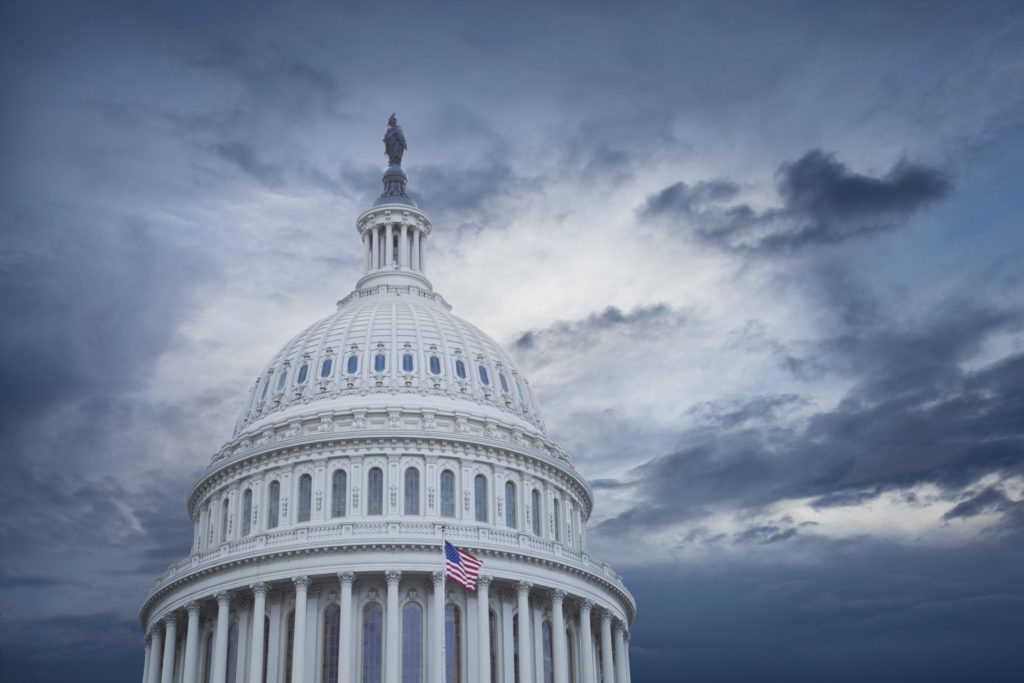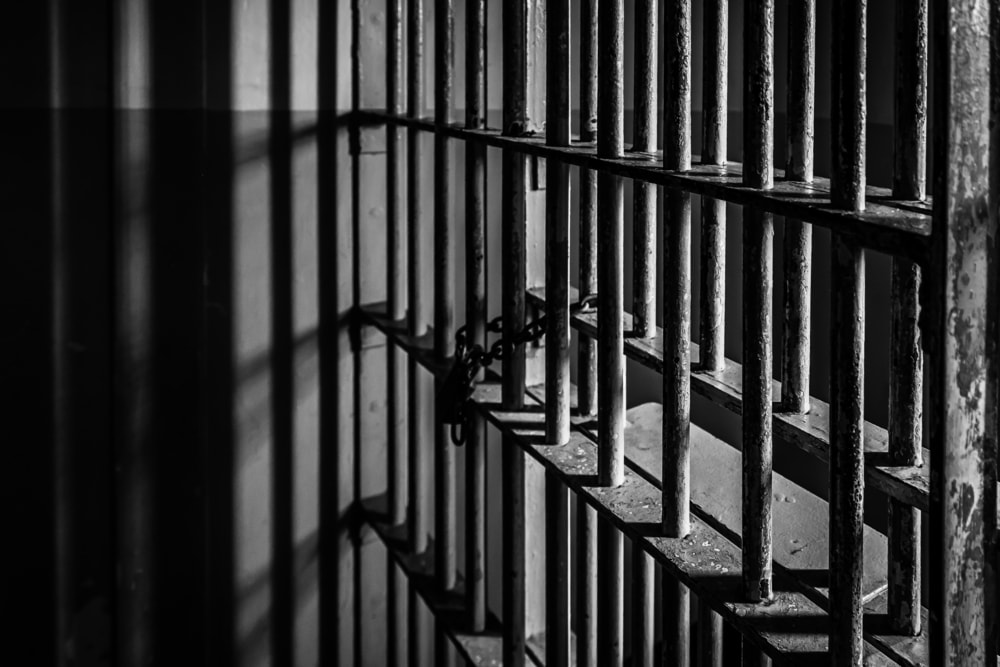What ‘Compassionate Conservativism’ Brings to the Police Reform Debate
President Donald Trump’s executive order on “Safe Policing for Safe Communities” is just one point in a larger conversation conservatives and liberals need to have to drive lasting, meaningful change to our criminal justice system.
In past years, the right has lost sight of the bedrock conservative principles that act as checks on members of law enforcement who overstep their bounds: the concepts of liberty and dignity for every person, a strong family unit, public safety, the ideas of limited government and fiscal responsibility.
By pushing a “tough on crime” agenda starting in the early 1960s, the political right has stood by as law enforcement accountability devolved so far that today, in the wake of the George Floyd murder, the pendulum has swung to the extreme, with calls to defund or abolish police departments entirely.
Understood literally, this proposal goes too far. Police are critical in a free and safe society.
But it does open the door for the self-declared “law and order” party to fix decades of “tough on crime” policies that, when Democrats jumped on the bandwagon, helped lead to overcriminalization and mass incarceration. By using traditional conservative ideals as guideposts, policymakers can support the system and institute smart reforms.
Here’s a non-exhaustive list of the ways it can be done:
Practice Compassionate Conservatism and Dignity
President George W. Bush once spoke of “the non-negotiable demands of human dignity.” We have strayed from that ideal. Republicans have an incredible opportunity right now to repair the impression that they do not care enough about communities of color and embrace “compassionate conservatism” once again.
The public discourse has created an “us vs them” mentality that paints conservatives as heartless. In response, conservatives must double-down on the presumption of innocence and the preservation of individual freedom.
We must serve as the public’s defenders against ill-advised actions by those who act on behalf of our government––in this case, law enforcement. There must be a new standard for the use of deadly force, requiring its use to be objectively reasonable—not just permitted simply because an officer perceives a danger to himself or others.
Review boards, with diverse civilian representation, must investigate uses of deadly force, compel testimony and documents, and issue written findings. Finally, police decertification laws must have real teeth, to prevent bad officers from flitting from department to department without any accountability.
Guarantee Public Safety and Limited Government
Government does not and should not have all the answers, so conservatives believe that it should be limited to where it is most needed. In this case, this means reforming qualified immunity, which has devolved into a shield for law enforcement who have violated their mission to protect and serve.
Too many police officers have been able to use this doctrine to avoid accountability, but no one should be above the law.
Further, there is nothing limited about our government when it uses the Pentagon’s 1033 Program to distribute urban assault vehicles to rural communities who do not need them. “Law and order” cannot mean equipping officers for war in our streets; and police should be able to protect and serve our communities without Americans sacrificing our rights, or our lives, especially in our communities of color.
This also means that the federal government cannot mandate a top-down approach to policing. Rather, the communities who are policed must have a voice and power in how they are policed. Policymakers who truly believe in limited government should constantly be asking themselves if law enforcement agencies have too little power, too much, or just the right amount.
Transform Police Culture and Unions
For reforms to work, we all have to transform police culture. Individual liberty and the dignity of life should stand above all, along with a dedication to strong family values––including keeping homes intact.
On a day-to-day basis, officers must approach law enforcement with a “protect and serve” mentality. We must end the culture that protects police above all else and ensure that communities come first––not police unions, which are fiercely resistant to reforms and immensely powerful.
This is critical because while external reforms are vitally necessary, they are only a part of the picture. Recall that Minneapolis was considered a model for de-escalation and implicit bias training, and George Floyd still died pinned under an officer’s knee. Undoubtedly, the majority of police officers are dedicated and intelligent––but the current system must change.
Going forward, we must encourage law enforcement’s sense of itself as a profession—a vocation that, like law or medicine, is marked by minimum standard entry requirements, rigorous specialized training, continuing education, and professional accountability.
Training should be career-long and focused on more than weapons or vehicles. The role should be a calling for those who believe we are a democratic country built on the rule of law, and that officers are often the only defenders poor and/or minority communities can rely on.
Reinstate Fiscal Responsibility
Policymakers on the right must embrace fiscal conservatism once again and consider if our tax dollars are incentivizing the best outcomes. We should spend money in the field of policing to ensure we are safer and that police have what they need to do their job effectively and without serious harm.
Anything outside of those lenses is wasteful.
Take the much debated 1033 program, which since its founding has transferred seven billion dollars in military equipment to local law enforcement agencies. Some of this equipment is highly inappropriate, and even detrimental, to the policing mission. Indeed, military equipment can limit police officer’s ability to use less lethal force during encounters and the presence of such equipment is intimidating to community members.
Instead, departments should invest in peaceful and more productive response strategies to crises. This will also work to build police legitimacy, particularly among poor communities. Indeed, a “smart on crime” strategy would encourage new models of policing, where departments invest in “co-responding” with mental health and substance abuse specialists and other first responders who are better equipped to make some of these lifesaving decisions.
Further, we need to rethink the framing of criminal justice reform, so that “soft on crime” and “law and order” are not simply the difference in how much money we throw at the problem or which “stats” tell the best story.
Every community is different. We need to consider the judicious use of arrest and incarceration powers so that our communities of color feel safe and trust police officers, and so that our law enforcement personnel are held accountable for their actions as we develop and practice new strategies.
This is a watershed moment for police reform.
Democrats have led the charge for years and have already demonstrated their willingness to make major changes right now. More Republicans must now pick up the banner of reform as well.
Many of the changes proposed here would not only lead to better law enforcement, but are in line with existing conservative beliefs and priorities. Indeed, a police department whose mission is to protect, serve and respect individual liberty and dignity is a conservative ideal that can go far to repair the damage done by “tough on crime” initiatives over the years.
Image credit: ArtOlympic







